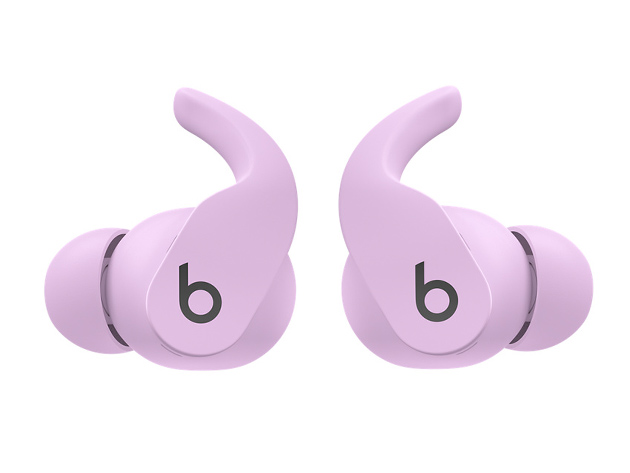

"Offsetting the cost pressures were higher fuel surcharge revenue, solid core pricing, a positive mix, and continued train size initiatives." The stock has lost 12. "We also experienced record high fuel prices and increasing inflation, adding pressure to our total costs," said Chief Executive Lance Fritz. The company said the quarter was "tough," as it limited carloads and increased expenses to recover network fluidity. Operating expense growth outpaced sales growth, rising 24.5% to $3.77 billion, as fuel costs jumped 89% and purchased services and materials costs increased 30%. Revenue grew 13.9% to $6.27 billion, above the FactSet consensus of $6.12 billion, as bulk and premium revenue beat expectations and bulk revenue was in line. Net income rose to $1.84 billion, or $2.93 a share, from $1.80 billion, or $2.72 a share, in the year-ago period, and topped the FactSet consensus of $2.84. Looking forward, AutoZone said it is optimistic about its growth prospects heading into the new fiscal year and that it has already seen freight costs moderating, though it still anticipates higher costs for this year.Tacked on 0.3% in premarket trading Thursday, after the railroad operator beat profit and revenue expectations, while affirming that pricing gains for the year will exceed inflation. He likes AutoZone’s ability to pass on higher prices to consumers and thinks it’s time investors favor defensive stocks-the ones that see demand hold up better in a downturn-over offensive stocks. Recently, Morgan Stanley analyst Simeon Gutman upgraded his rating on AutoZone to Overweight from Equal Weight and raised his price target to $2,420 from $2,125. When you have Automatic Ear Detection on and you're not wearing your earbuds, audio plays through your device's speakers. Group Chief Executive Officer Mario Greco said: We are on track to beat all our targets for the second successive three-year cycle. Beats Fit Pro also pause and resume playback when you remove one of your earbuds, or stop playbackand won't resumewhen you remove both. Zurich Insurance Group (Zurich) reported the highest first-half business operating profit since 2008 and the second highest ever, with all regions and business lines contributing to the successful results. Items in the category include air fresheners, seat covers, and mirrors. Your Beats Fit Pro sense when they're in your ear and receive the audio from your device. Macy’s beats expectations as comparable store sales rose 12.4 percent and the company reported fully diluted earnings of 0.98. The analyst expected an almost 1% increase in selling, general and administrative expenses, but expenses ticked down 12 basis points year-over-year, despite higher overall wage costs.ĪutoZone also said falling gas prices were helping sales of discretionary products, although that is a small part of its business. Imbro rated the stock as Overweight on Monday, encouraged by its expense control.

But this isn’t a structural change, it’s an accounting element that won’t be a long-term problem, he told Barron’s. The charges, primarily driven by higher freight costs, will weigh on earnings in the first half of this fiscal year, said Stephens analyst Daniel Imbro, who sees the stock action as an indication of the market digesting the news. The stock climbed in premarket trading on Monday but turned lower and was down 2.6% in recent trading after falling as much as 5% at one point after the market opened.

Overall, it recognized $350 million in higher costs this past fiscal year, more than its reserve of $335 million. In a conference call to discuss its earnings, AutoZone, which typically doesn’t provide financial forecasts, revealed that it anticipates up to $100 million in LIFO charges in the first and second quarters, following a $15 million hit in the past quarter. With inflation at a record high, such inventory is more expensive than goods purchased earlier. The earnings report also mentioned something known as a LIFO, or “last in first out” charge, which relates to inventory and means the costs of goods sold were based on the last price for which an item, let’s say a car part, was bought in.


 0 kommentar(er)
0 kommentar(er)
